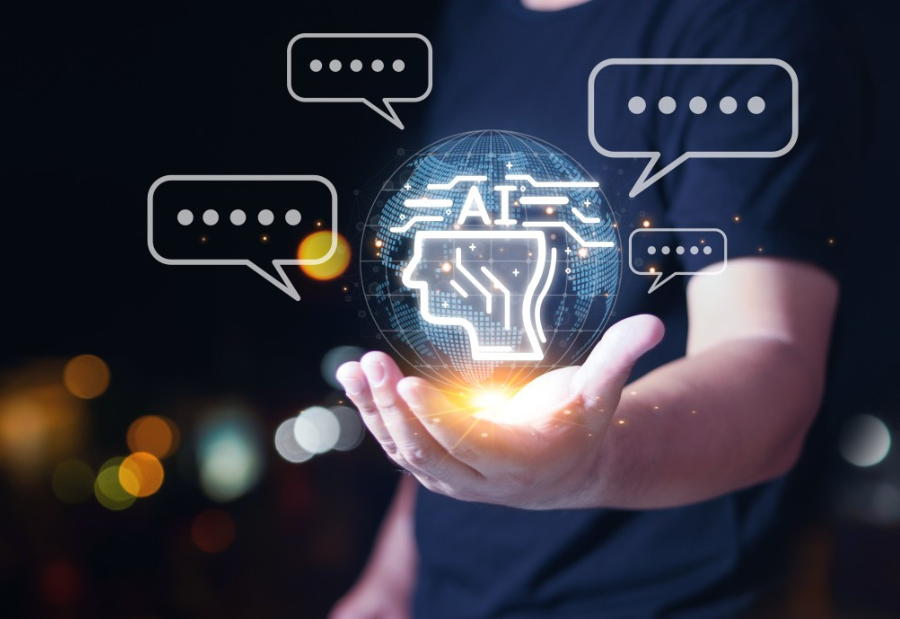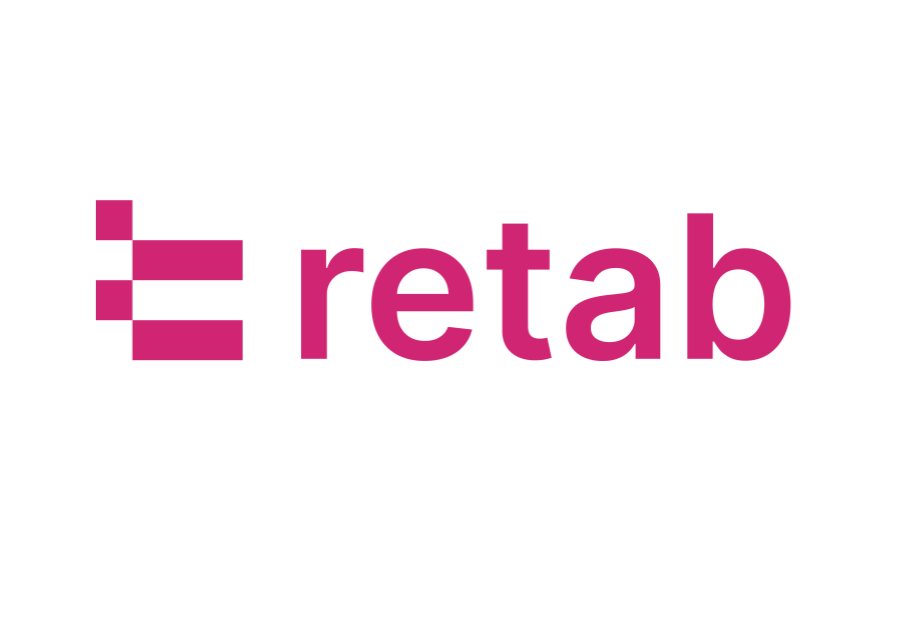In a world increasingly governed by algorithms, artificial intelligence (AI) is no longer just a tool—it’s becoming a decision-maker. From loan approvals and hiring processes to medical diagnoses and criminal justice, AI systems are influencing high-stakes decisions that directly impact human lives.
But as machines take on more responsibilities, a critical debate is unfolding: Should we let AI make decisions for us? And if we do, who is accountable when things go wrong?
The Promise of AI in Decision-Making
AI offers unmatched speed, efficiency, and objectivity. Unlike humans, algorithms don’t get tired, emotional, or biased by personal experiences—at least, not inherently.
Benefits include:
-
Scalability: AI can analyze vast datasets in seconds.
-
Consistency: Decisions remain uniform across similar inputs.
-
Speed: Real-time decisions in industries like finance or emergency healthcare.
-
Prediction: AI can spot patterns and forecast outcomes humans might miss.
This makes AI attractive for governments, corporations, and even healthcare systems looking to streamline operations and reduce human error.
The Ethical Cracks Begin to Show
1. Bias in, Bias out
AI systems learn from data—and data often reflects human biases. Whether it’s racial profiling in law enforcement tools or gender bias in hiring algorithms, AI can amplify societal inequalities if not carefully checked.
“An algorithm is only as fair as the data it’s trained on.”
2. Lack of Transparency (The Black Box Problem)
Many AI systems operate in ways even their developers don’t fully understand. When an AI system denies a loan or recommends a criminal sentence, the reasoning behind that decision may be opaque.
Key ethical question: If we can’t explain it, should we trust it?
3. Accountability: Who Takes the Blame?
If an AI misdiagnoses a patient or unfairly denies a job applicant, who is responsible? The programmer? The company? The AI itself?
Laws and policies around AI accountability are still evolving, creating legal grey zones.
Ethical Guardrails for AI Decision-Making
So, how do we build trust in machines that think?
1. Human-in-the-Loop (HITL) Systems
AI can assist, but not replace, human judgment. Many ethical frameworks recommend keeping a human decision-maker involved, especially for high-impact outcomes.
2. Explainable AI (XAI)
AI models must be designed to explain their decisions in understandable terms. Transparency is key to ethical accountability.
3. Bias Audits and Diverse Datasets
Regular testing for bias and inclusive data sourcing help minimize discriminatory outcomes.
4. Ethics by Design
Ethical considerations should be embedded in AI design from the start—not added as an afterthought.
The Big Picture: Balancing Innovation with Responsibility
AI is here to stay, and its role in decision-making will only grow. But innovation without ethics is a risk society can’t afford.
We must ask ourselves:
-
Are we comfortable letting algorithms decide who gets a job, parole, or surgery?
-
How do we ensure AI serves everyone, not just the privileged?
-
Can we build machines that not only compute—but care?
Final Thought
The future of AI isn’t just a technical challenge—it’s a moral one.
As we hand over more decisions to machines, we must remain vigilant, transparent, and humane in how we build and deploy them. Because in the end, it’s not just about what AI can do—it’s about what it should do.
Also read: Viksit Workforce for a Viksit Bharat
Do Follow: The Mainstream formerly known as CIO News LinkedIn Account | The Mainstream formerly known as CIO News Facebook | The Mainstream formerly known as CIO News Youtube | The Mainstream formerly known as CIO News Twitter |The Mainstream formerly known as CIO News Whatsapp Channel | The Mainstream formerly known as CIO News Instagram
About us:
The Mainstream formerly known as CIO News is a premier platform dedicated to delivering latest news, updates, and insights from the tech industry. With its strong foundation of intellectual property and thought leadership, the platform is well-positioned to stay ahead of the curve and lead conversations about how technology shapes our world. From its early days as CIO News to its rebranding as The Mainstream on November 28, 2024, it has been expanding its global reach, targeting key markets in the Middle East & Africa, ASEAN, the USA, and the UK. The Mainstream is a vision to put technology at the center of every conversation, inspiring professionals and organizations to embrace the future of tech.




